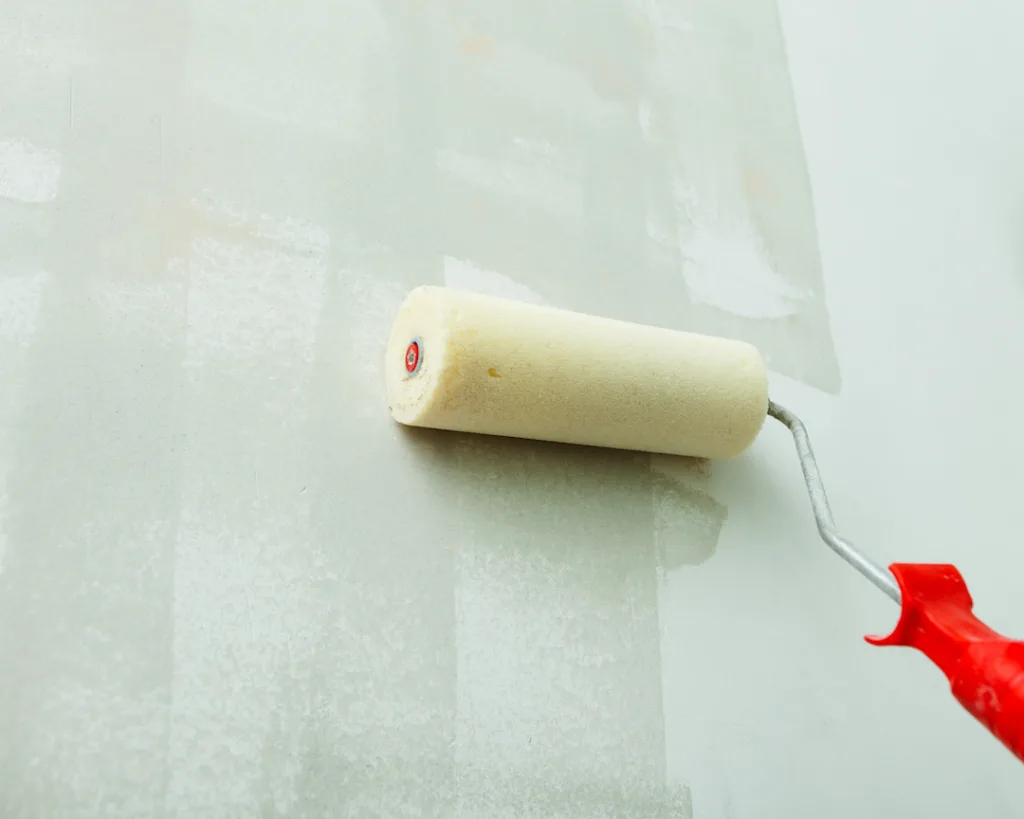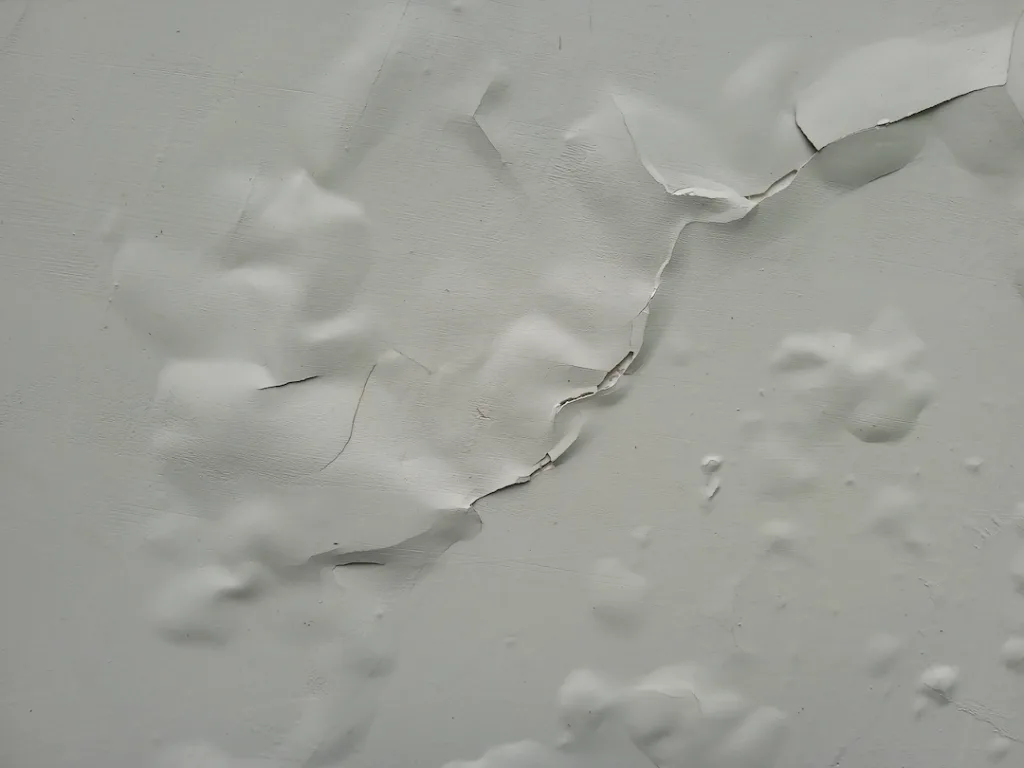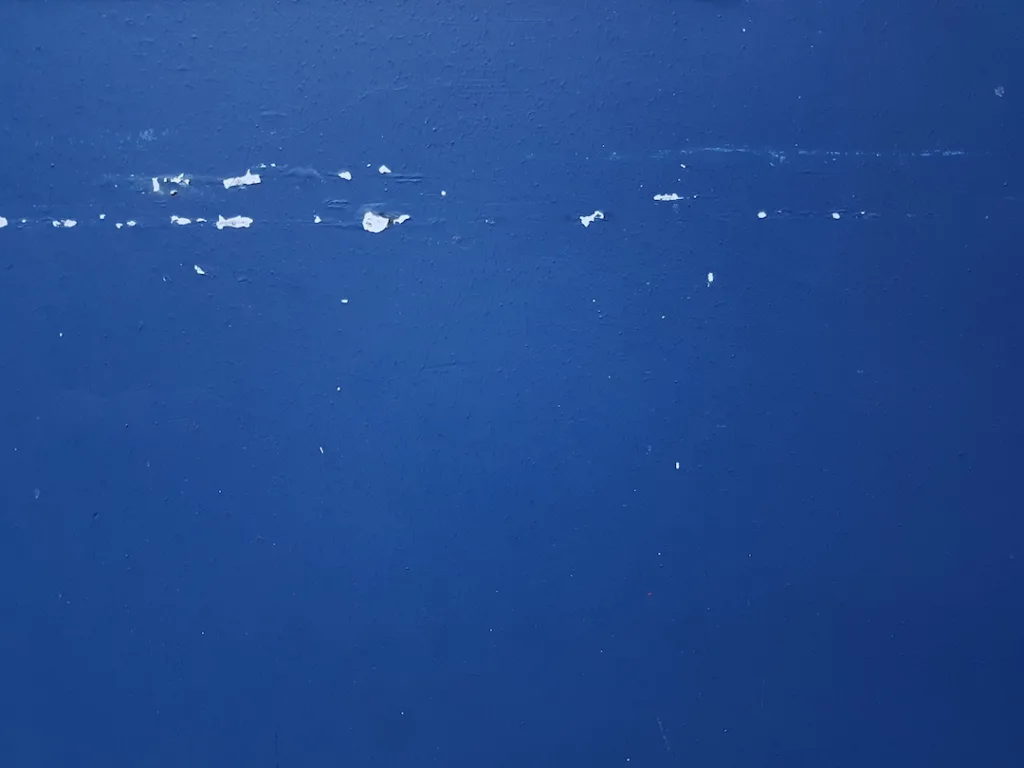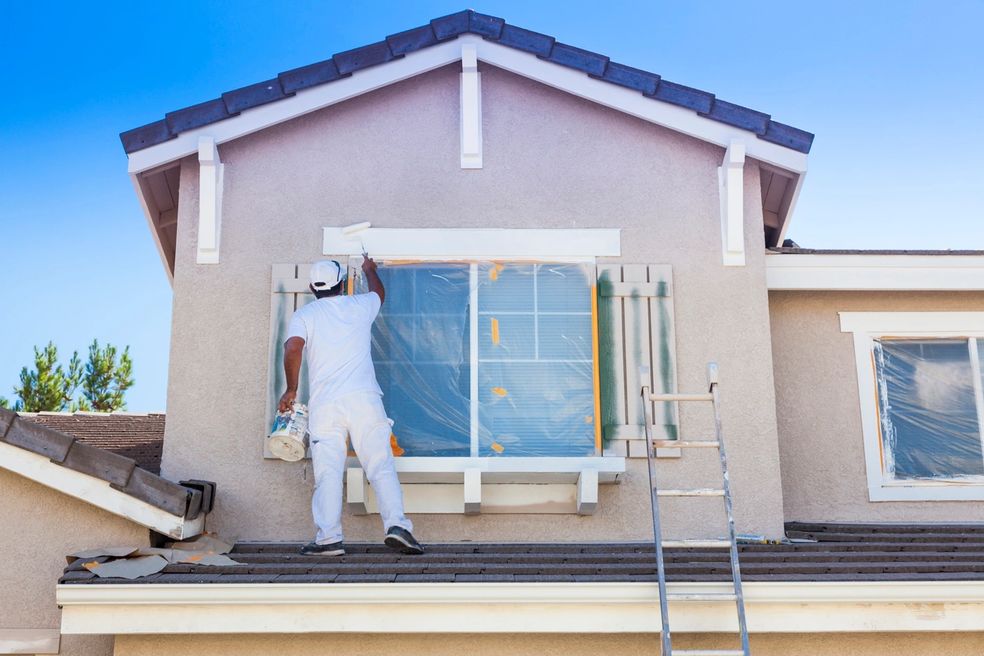Painting is an art that requires precision, technique, and a deep understanding of materials and surfaces. Whether you’re attempting a DIY project at home or seeking professional help for a larger-scale project, everyone encounters painting problems at some point.
At Carfagno Professional Painting, we’ve turned problem-solving into a science. Using our extensive experience in the field, we’ve identified the most common painting issues and found effective solutions to combat them. This guide aims to share these insights, helping you navigate through common pitfalls to achieve a flawless finish every time. Get ready to transform your painting journey with Carfagno Professional Painting!
The Importance of a Well-Executed Paint Job
A well-executed paint job is more than just a coat of color on a wall. It’s an artistic expression that can transform your space, enhancing the aesthetic and overall feel of your home or office. This delicate task requires precision, knowledge, and experience to avoid common pitfalls and ensure a flawless finish.

Tackling Common Painting Issues
Within the intricate world of painting, a multitude of problems can arise, ranging from surface preparation errors to improper application techniques. At Carfagno Professional Painting, we’ve honed our skills to tackle these issues head-on, using our extensive knowledge and experience in the field. Here are some of the most common issues we see out in the field.
Preparing the Surface: Common Mistakes and Fixes
One of the most frequently made mistakes in painting projects is inadequate surface preparation, leading to uneven paint coverage, peeling and other undesirable outcomes.
The Consequences of Painting an Unprepared Surface
- Uneven Paint Coverage: Without proper preparation, paint may not adhere evenly to the surface. This can result in an inconsistent finish with visible patches of uneven color or texture.
- Peeling Paint: One of the most noticeable issues is peeling paint. When the surface isn’t adequately prepared, the paint may fail to bond correctly, leading to peeling or flaking after a short period, even if high-quality paint is used.
- Visible Imperfections: Any existing imperfections such as cracks, holes, or dents on the surface will be amplified under a fresh coat of paint. Instead of hiding these flaws, painting over them often makes them more noticeable.
- Reduced Paint Durability: Proper surface preparation enhances the durability of the paint job. Without it, the lifespan of the paint is significantly reduced, meaning you’ll have to repaint sooner than expected.
- Blisters and Bubbles: If the surface isn’t clean and dry, moisture or dirt trapped under the paint can cause blisters or bubbles to form. These not only mar the appearance of the paint job but can also lead to further peeling.
- Mildew Growth: In areas prone to dampness, failing to treat mildew or mold on the surface before painting can lead to its growth underneath the paint, causing discoloration and potential health risks.

Proper Prep Work Solutions
Proper Cleaning and Priming Techniques: Ensure the surface is thoroughly clean and free from dust or dirt before painting. Use a quality primer to create a smooth base for your paint.
Sanding and Smoothing Tips: For surfaces with existing paint or uneven textures, sanding can help achieve a smoother canvas for your new color.
Avoiding these issues is as simple as dedicating time and effort to properly prepare the surface before painting.
At Carfagno Professional Painting, we understand the importance of this step and never skip it, ensuring a flawless and long-lasting finish for all our clients.
Paint Application Problems
When paint application problems occur, it can result in a plethora of issues that are not just unsightly but also indicative of underlying issues that may need to be addressed. Here’s what you might expect to see when there are paint application problems:
- Blistering and Flaking: This is often caused by painting on a hot surface or in direct sunlight. Blistering looks like bubbles under the paint, while flaking is when the paint lifts off the surface in flakes.
- Bleeding and Staining: This happens when the original color or stains on the wall seep through the new paint. It can also occur if the surface wasn’t properly cleaned before painting.
- Cissing: Cissing occurs when a newly painted surface develops small, crater-like depressions. This usually happens when the surface isn’t clean or if the paint was diluted too much.
- Mud Cracking: Mud cracking looks like the cracked surface of dry mud, hence the name. It’s often caused by applying thick coats of paint or painting over a porous surface.
- Chalking: Chalking is when the paint surface becomes powdery, usually due to weathering over time. It’s more common with exterior paint but can also occur indoors, especially in high-moisture areas.
- Alligatoring: Alligatoring is when the paint cracks in a pattern that resembles an alligator’s skin. It’s often caused by applying a second or third coat of paint before the previous coat has fully dried.
- Saponification: This problem occurs when alkaline surfaces, such as fresh concrete or masonry, react with the oil in alkyd or oil-based paints to form a soap-like film. The painted surface may look cracked, checked, or have a cloudy appearance.
- Running Sags: This happens when the paint runs down in drips or sags, usually because too much paint was applied or it was spread too thin.
Brush Marks and Roller Streaks In The Paint
Visible brush marks and roller streaks can mar the appearance of your finished paint job, making it look less than professional.
Solution: Apply Your Paint Better
Technique Adjustments: Adopt the correct painting techniques like applying paint in a ‘W’ pattern and maintaining a wet edge to prevent visible lines.
Choosing the Right Tools: The quality and type of your brush and roller can significantly impact the final result. Choose tools that are suitable for the type of paint you’re using.
Uneven Paint Coverage
Uneven paint coverage is a common issue that can significantly detract from the overall look of your freshly painted walls. This problem typically manifests as an inconsistent finish, with certain sections of the wall appearing lighter or darker than others.
Prep & Paint. No Rush!
This patchy appearance can occur for several reasons but this goes back to our first issue, bad prep work. One of the main culprits of uneven paint coverage is insufficient surface preparation. If the surface is not properly cleaned and primed before painting, the paint may not adhere evenly, leading to patches of different shades
Inconsistent Application
As we already mentioned further above, inconsistent application techniques can also result in uneven paint coverage. For instance, if you apply more pressure on the roller or brush in some areas and less in others, it can lead to varying thickness of the paint layer. Similarly, using different tools (like a brush in some areas and a roller in others) can also create inconsistencies in the texture and color density
Poor Paint = Poor Finish
Another reason for uneven paint could be the use of low-quality paint. High-quality paints are formulated to provide uniform coverage, whereas cheaper alternatives may require multiple coats to achieve an even finish. Even then, some areas may absorb more paint than others, resulting in a patchy appearance.
Check the temp and make sure your paint is cozy
Lastly, the ambient temperature can greatly impact how paint dries. If it’s too cold, the paint may take longer to dry, which can lead to drips or sagging as the paint has more time to move before it sets. On the other hand, if it’s too hot, the paint can dry too quickly, leaving you with a patchy or streaky finish. This is particularly problematic on larger walls, where the paint might begin to dry before you’ve finished applying it, leading to overlaps and uneven coverage.
This leads right into our next common issue.

Bubbling or Blistering Paint
Bubbling or blistering paint is a common issue that can significantly impair the aesthetic appeal of your painted surfaces. These imperfections appear as small to large bubbles or blisters under the paint surface, often making the paint look puffed up or swollen. This problem can be caused by various factors including heat, moisture, and improper application.
Moisture: Check for a leak ASAP
If you notice bubbling or blistering, identify the cause and fix it. This may involve fixing leaks. When we see bubbling paint, its usually moisture.
Moisture is a major culprit behind bubbling or blistering paint. If the paint is applied to a damp or wet surface, or if moisture seeps in through the wall from the outside (due to rain, humidity, or leaks), it can disrupt the bond between the paint and the surface, causing the paint to lift and form bubbles or blisters. Over time, these bubbles can burst, leading to peeling or flaking paint
Extreme Heat
Extreme heat can cause paint to bubble or blister. When painted surfaces are exposed to direct sunlight or high temperatures, the heat can cause the paint to expand. If the top layer of paint dries and hardens before the layers underneath, it can trap this expanding air and create bubbles or blisters.
Improper Application
Look at that! Here we are again, with our enemy improper application.
Bubbling or blistering can also occur due to improper paint application. If the paint is not properly mixed or if it’s applied in thick coats, it can lead to an uneven drying process, with the top layer drying faster than the bottom layers. This can trap air or solvents between the layers, causing bubbles or blisters. Similarly, failing to properly prepare the surface (like not cleaning or priming it) can prevent the paint from adhering properly, leading to bubbling
Paint Not Drying Evenly
If paint doesn’t dry evenly, it can lead to a variety of problems, including streaks and discoloration.
Streaks In Your Paint
One of the most common problems caused by uneven drying is streaking. This occurs when certain areas of the paint dry faster than others, creating visible lines or streaks in the paint.
This can be especially noticeable with darker or more vibrant paint colors. Streaks can make a newly painted wall look messy and unprofessional, detracting from the overall appearance of the room.
Discoloration
Uneven drying can also lead to discoloration or color inconsistency. This happens when different parts of the paint layer dry at different rates, causing some areas to appear lighter or darker than others. Discoloration can be particularly noticeable under certain lighting conditions, making it a significant issue for homeowners seeking a uniform, polished look.
Cracking and Peeling
In severe cases, uneven drying can cause the paint to crack or peel off the surface. This typically happens when the top layer of paint dries faster than the underlying layers, causing tension that leads to cracks and peeling.
Over time, these issues can lead to significant damage to the painted surface, requiring costly repairs and repainting.

Texture Inconsistencies
Another potential issue is texture inconsistencies. If certain areas of the paint are thicker due to slower drying, it can create a bumpy or uneven texture on the wall. This not only impacts the look of the wall but can also affect how light reflects off it, creating shadows and highlights that further emphasize the unevenness.
The Solution To Paint Not Drying Evenly: Not Just One
To prevent these issues, it’s important to paint in optimal conditions (not too hot, cold, or humid), use good quality paint, and apply it evenly. If you’re painting a large area, consider working in smaller sections to ensure the paint doesn’t start drying before you’ve finished applying it.
Hit all of the above to prevent a common issue like uneven drying in your paint. There are many problems that come from this, having a checklist ready before starting your project can help.
Expert Tips from Carfagno Professional Painting
While DIY painting can be rewarding, professional services can help mitigate common issues. Professionals have the experience and knowledge to deliver consistent, high-quality results.
Insider Advice for DIY Painters
For DIY painters, proper preparation is key. Spend time cleaning, sanding, and priming your surface before you begin painting. Always choose high-quality tools and paints, and don’t rush the process.
Prime it, or lose it.
Priming should not be skipped, particularly for surfaces that are porous, stained, or have a different color. A good primer will provide a uniform base for the paint, help hide stains and dark colors, and improve paint adhesion, preventing issues like peeling or blistering in the future/
Quality tools & paint for a quality finish!
Investing in high-quality tools and paints is another insider tip. Good quality brushes and rollers can help you apply paint more evenly, reducing streaks and roller marks. High-quality paint, on the other hand, often has better coverage and durability, meaning you’ll need fewer coats and the finish will last longer
The Benefits of Professional Services
While DIY painting can be a rewarding project, there are numerous benefits to hiring professional services.
Professionals like us have the experience and knowledge to handle a wide range of painting situations. We understand how different types of paint work on different surfaces and in different conditions, allowing them to deliver consistent, high-quality results. We also know how to properly prepare surfaces and apply paint to avoid common issues like streaks, drips, and bubbles.
Access to better paint and materials
At Carfagno Pro painting we have access to commercial-grade tools and materials that may not be readily available to the average homeowner. These can help them achieve a smoother, more durable finish. Furthermore, they’re often more efficient, able to complete painting projects more quickly without sacrificing quality

Save Time and Effort
Lastly, hiring professionals can save you time and effort, especially for larger or more complex painting projects. It also reduces the risk of accidents or damage to your property, as professionals are trained to work safely and effectively

